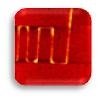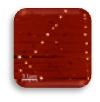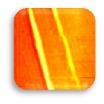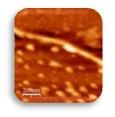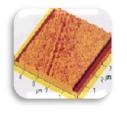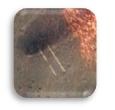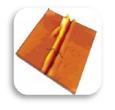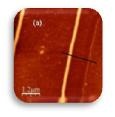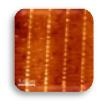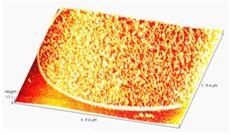 |
A variety of inks can be injected into the nanopipettes through simple capillary actions without specific treatment. These include water, proteins, different buffers and metallic nanoparticles suspensions. In addition, a variety of surfaces can be used for lithography actions - including conducting, semi-conducting and non-conducting - such as glass, Si, Sio2. No special treatment is required for the sample. The flexible selection of inks and surfaces in FPN techniques allows for numerous advantages compared to other existing Nanolithography techniques such as NanoImprint, Dip Pen NanoLithography, Pulsed induced Lithography, and others.
|
|
|
|
|
|
|
Avidin on Aldehyde |
|||
|
|
|
|
|
|
|
|||
|
TiO2 on hydrophilic |
|||
|
|
|
|
|
|
|
|
||



